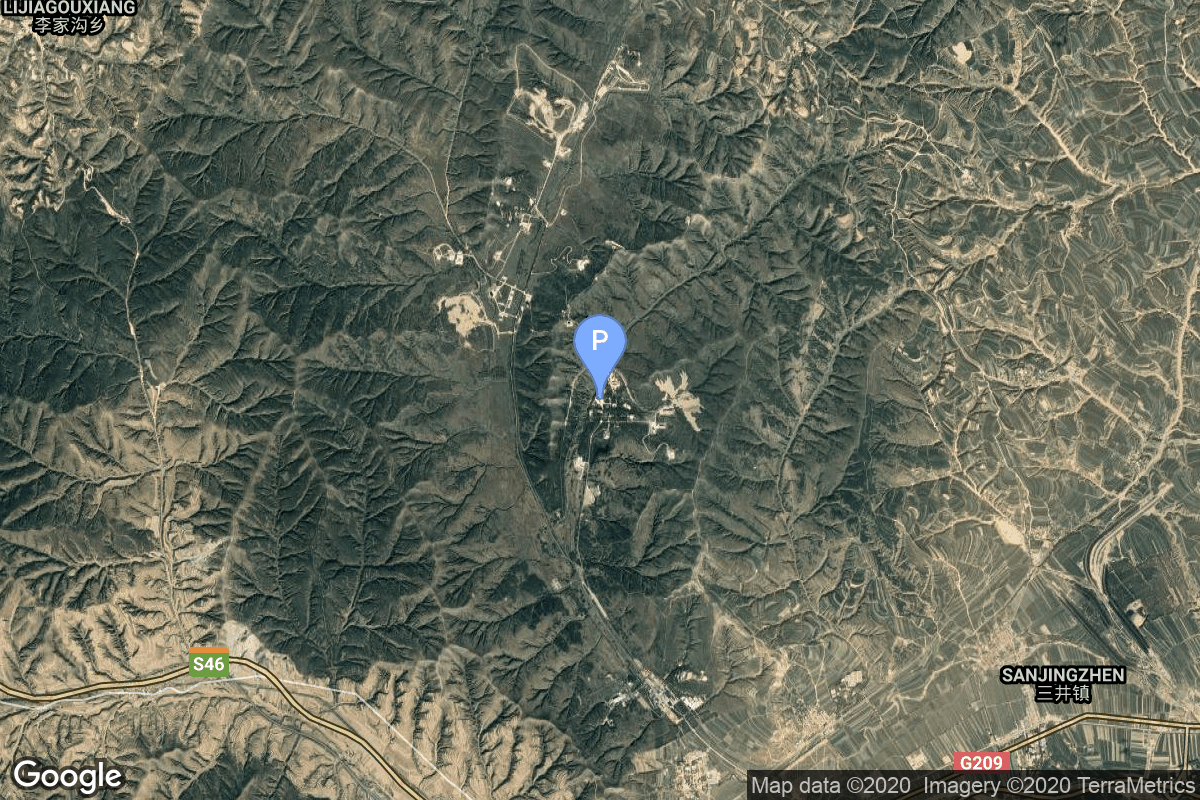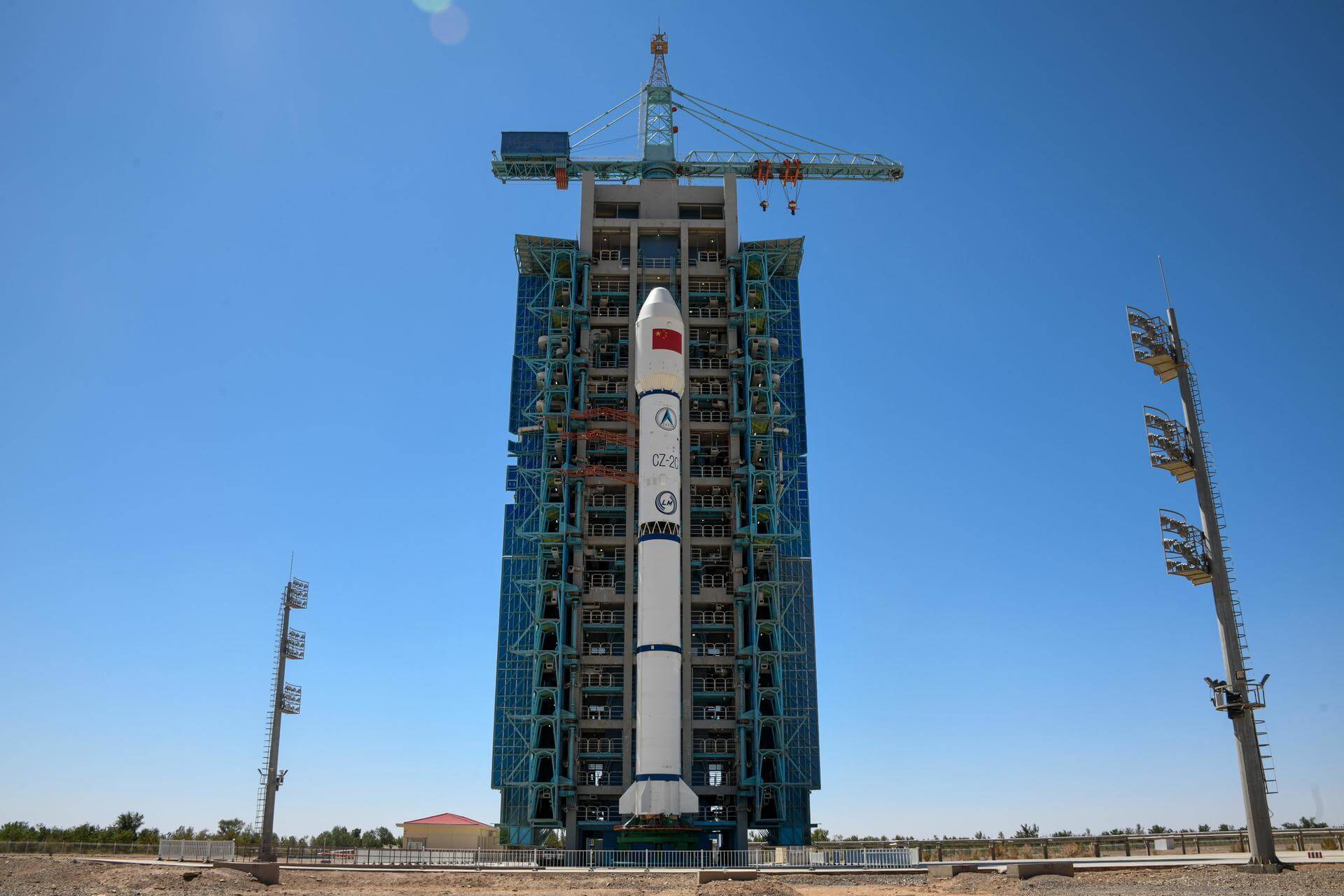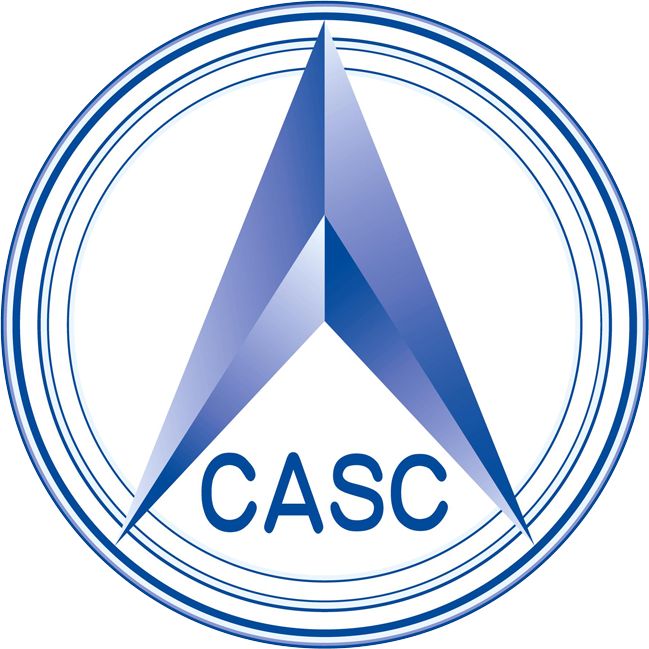Haiyang 1D
Long March 2C
China Aerospace Science and Technology Corporation
Mission
Haiyang 1D
- Type: Earth Science
- Orbit: Sun-Synchronous Orbit
Haiyang is a series of Chinese marine remote sensing satellites. Haiyang 1C is the follow-up of the Haiyang 1A and 1B satellites. It is intended for ocean monitoring and will be providing data on the temperature and dynamics of coastal waters and global oceans in China.
Location
Rocket
Agency
China Aerospace Science and Technology Corporation
The China Aerospace Science and Technology Corporation (CASC) is the main contractor for the Chinese space program. It is state-owned and has a number of subordinate entities which design, develop and manufacture a range of spacecraft, launch vehicles, strategic and tactical missile systems, and ground equipment. It was officially established in July 1999 as part of a Chinese government reform drive, having previously been one part of the former China Aerospace Corporation. Various incarnations of the program date back to 1956.


